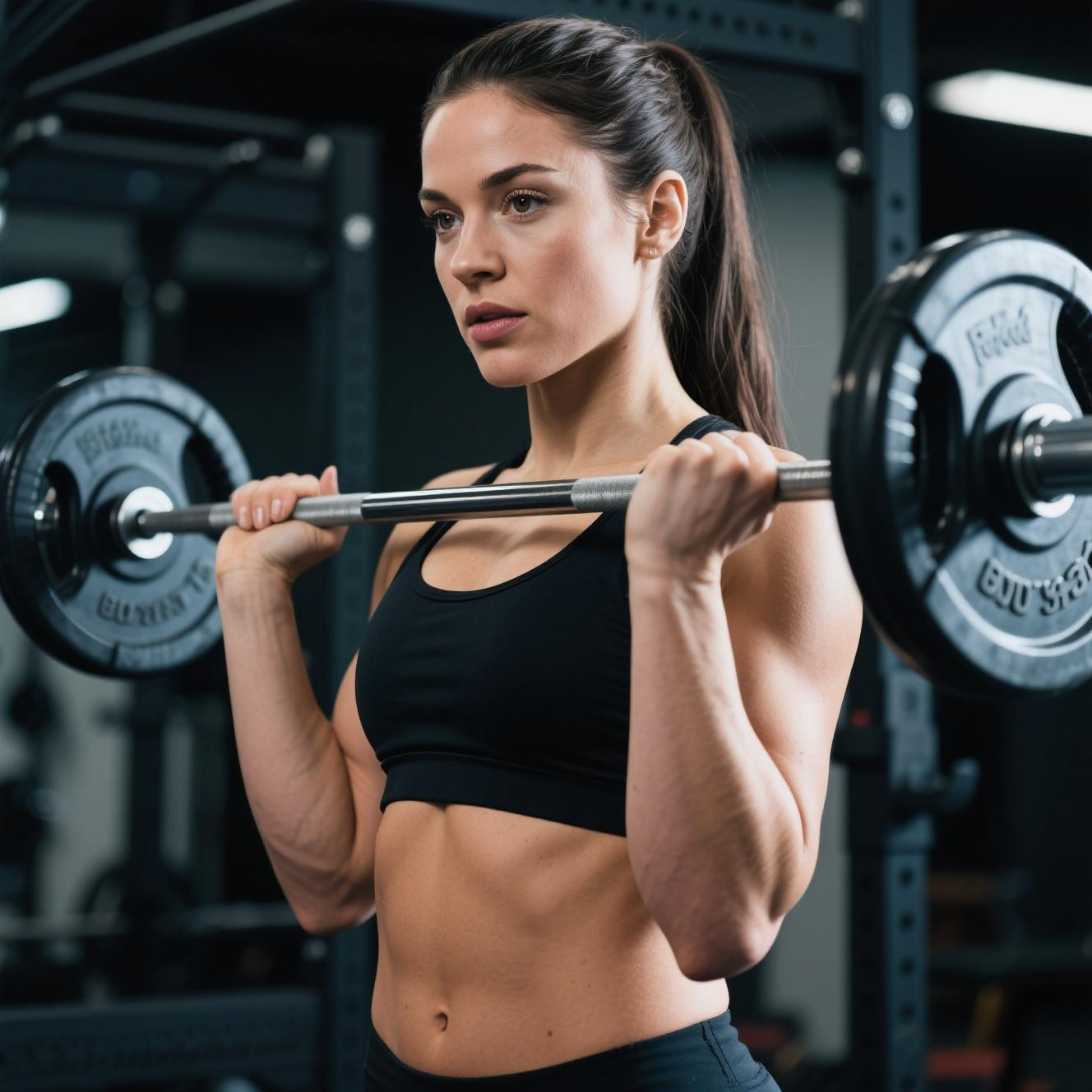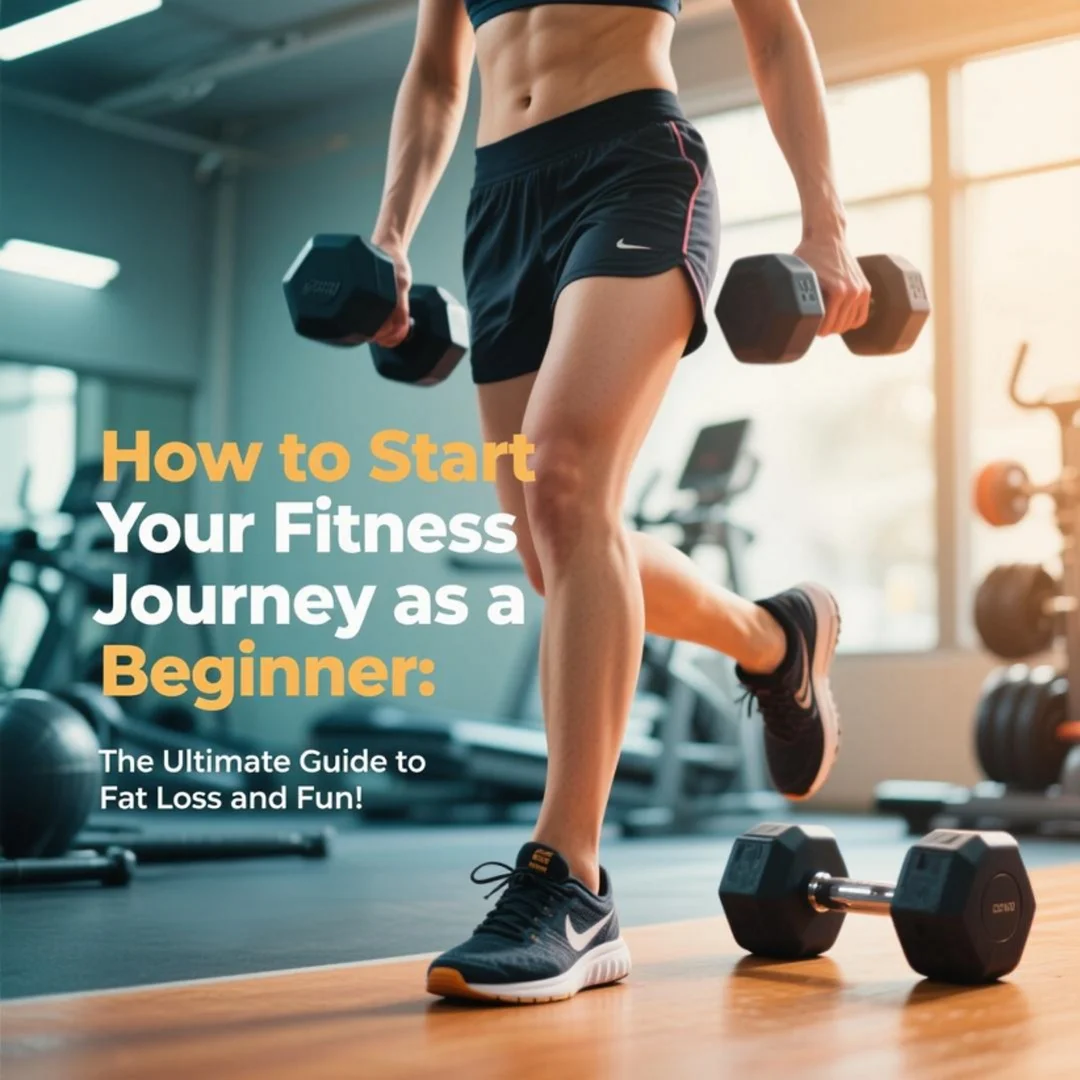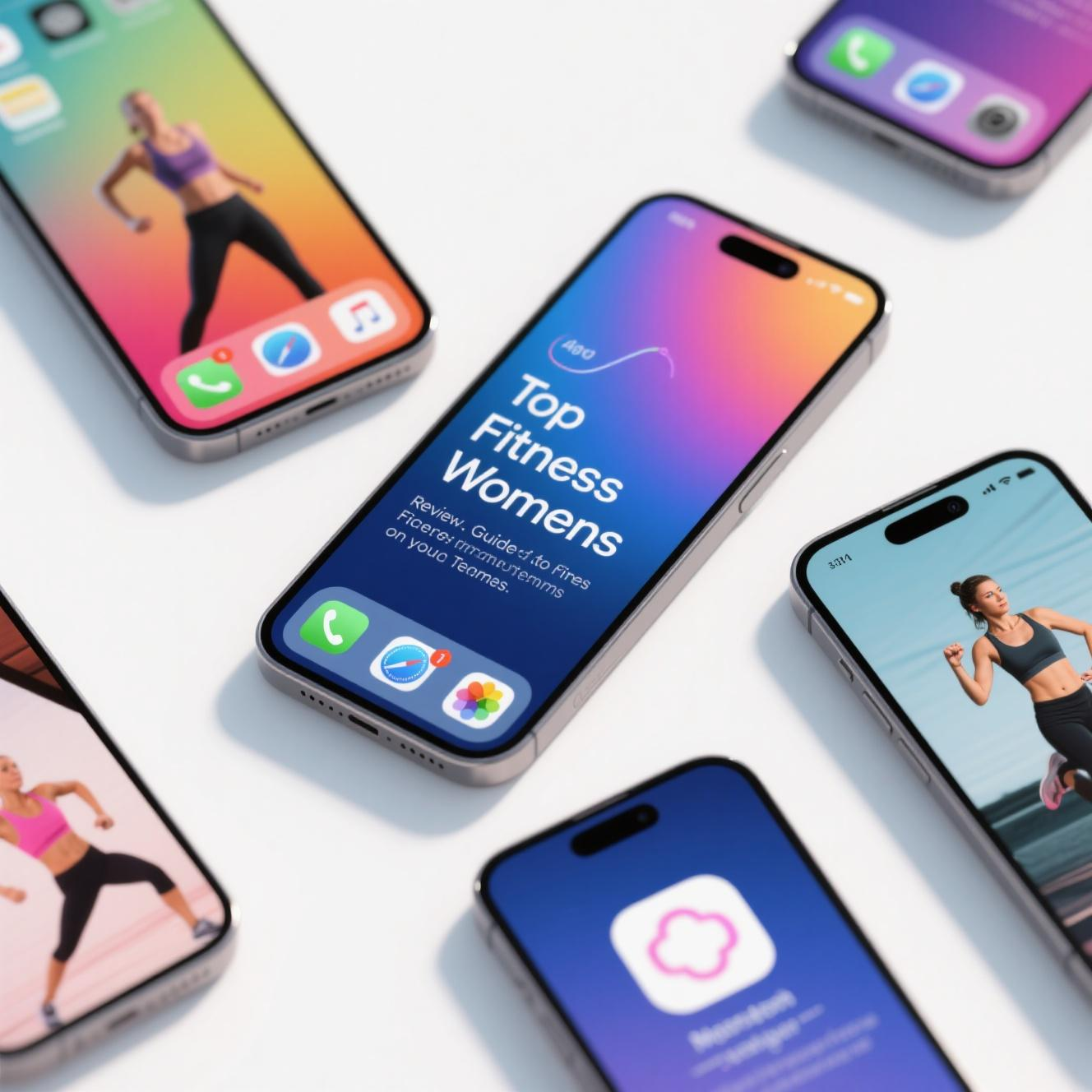The fear is surprisingly common. You hear it in group fitness classes, whispered in changing rooms, and spelled out in the nervous glances toward the weight section of the gym. “I don’t want to lift heavy—I just want to tone.” That small statement reflects a big misunderstanding, and it’s time we untangle it. The belief that weightlifting makes women bulky is not only false, it’s holding back countless women from achieving the sculpted, lean, fat-burning bodies they actually want.
When Melissa first joined her local gym, she stuck with the elliptical machine and an occasional group class. Her goals were typical—lose belly fat, tighten up her thighs, and feel better in her clothes. She watched from a distance as a few women lifted dumbbells or deadlifted in the corner. They looked confident, composed, and far from bulky. But still, she hesitated. Social media had shown her enough exaggerated fitness influencer physiques to make her worry. What if picking up weights would turn her into someone she didn’t recognize?
It wasn’t until Melissa hired a personal trainer that things began to shift. Her trainer, a woman with visible muscle definition and the kind of graceful posture that commanded attention, asked her plainly: “Do you think I look bulky?” Melissa shook her head. That’s when the science lesson began. Most women simply do not produce enough testosterone to gain significant muscle mass. Building large muscle takes years of progressive overload, strategic bulking diets, and a dedication to hypertrophy that is both deliberate and precise. Lifting weights a few times a week while eating in a calorie deficit, on the other hand, will promote fat loss, increase lean muscle tone, and enhance metabolism—without adding size.
What many women call “toned” is actually the result of developing muscle while reducing body fat. And here’s the twist—muscle is far more compact than fat. Five pounds of muscle takes up less space than five pounds of fat. So when women start weight training, they often find their measurements shrinking even if the scale doesn’t change. That’s what Melissa experienced. Her jeans fit better, her arms looked more defined, and her back no longer ached after long days at the computer.
The truth about lifting is that it’s not just about aesthetics—it’s a cornerstone of health. Resistance training increases bone density, a vital consideration for women as they age. It also enhances insulin sensitivity, which helps regulate blood sugar and reduce the risk of type 2 diabetes. Beyond that, weightlifting boosts resting metabolic rate, meaning your body burns more calories even when you’re not moving. Melissa noticed she could eat more without gaining weight, a side effect she hadn’t expected but gladly welcomed 🍓
More than once, Melissa received compliments that surprised her. Friends said she looked radiant, strong, and happy. Not once did anyone suggest she looked “too muscular.” Her mood improved, sleep became deeper, and her confidence grew—not just because her waistline shrank, but because she felt powerful. She stopped thinking of workouts as punishment and started seeing them as acts of self-respect. There’s a unique sense of empowerment in deadlifting your bodyweight or doing your first unassisted pull-up. It’s not about how you look, but what you’ve built through commitment.
Social conditioning plays a heavy role in this myth. For decades, fitness marketing aimed at women emphasized being “small,” “slim,” or “skinny.” It sold us pink dumbbells, calorie-burning aerobics, and language that centered around shrinking rather than strengthening. But the tides are changing. More women are taking ownership of their health and understanding that lean muscle is their ally in sustainable fat loss. The rise in interest around “female strength training,” “glute workouts for women,” and “metabolism-boosting exercises” shows just how hungry women are for the truth.

Melissa’s journey wasn’t without challenges. There were weeks when progress felt invisible, and moments when comparison crept in. But over time, she realized that lifting weights gave her more than results—it gave her a mindset shift. She stopped trying to look like someone else and started chasing the best version of herself. She celebrated her progress through performance goals: lifting heavier, moving more gracefully, and having the energy to play with her kids without fatigue.
One particularly telling moment came when Melissa traveled for work and missed her regular workouts. She assumed she’d feel bloated and sluggish, but to her surprise, her body held its shape and strength. That’s when she understood the real power of resistance training. It builds a foundation that lasts, even when life gets in the way. Crash diets and cardio marathons never gave her that. Muscle was her insurance policy, her secret weapon, her silent supporter 💪
As more women like Melissa embrace strength training, the myth of the “bulky female lifter” fades into irrelevance. The gym becomes a space of growth rather than fear, and the mirror reflects resilience instead of judgment. Those weights? They’re not a trap. They’re a tool. A tool for carving out confidence, improving mental health, burning stubborn fat, and aging with vitality.
And maybe best of all, Melissa now walks into the weight room with a little smirk. She knows the truth. And that truth looks nothing like the fear she used to carry.




